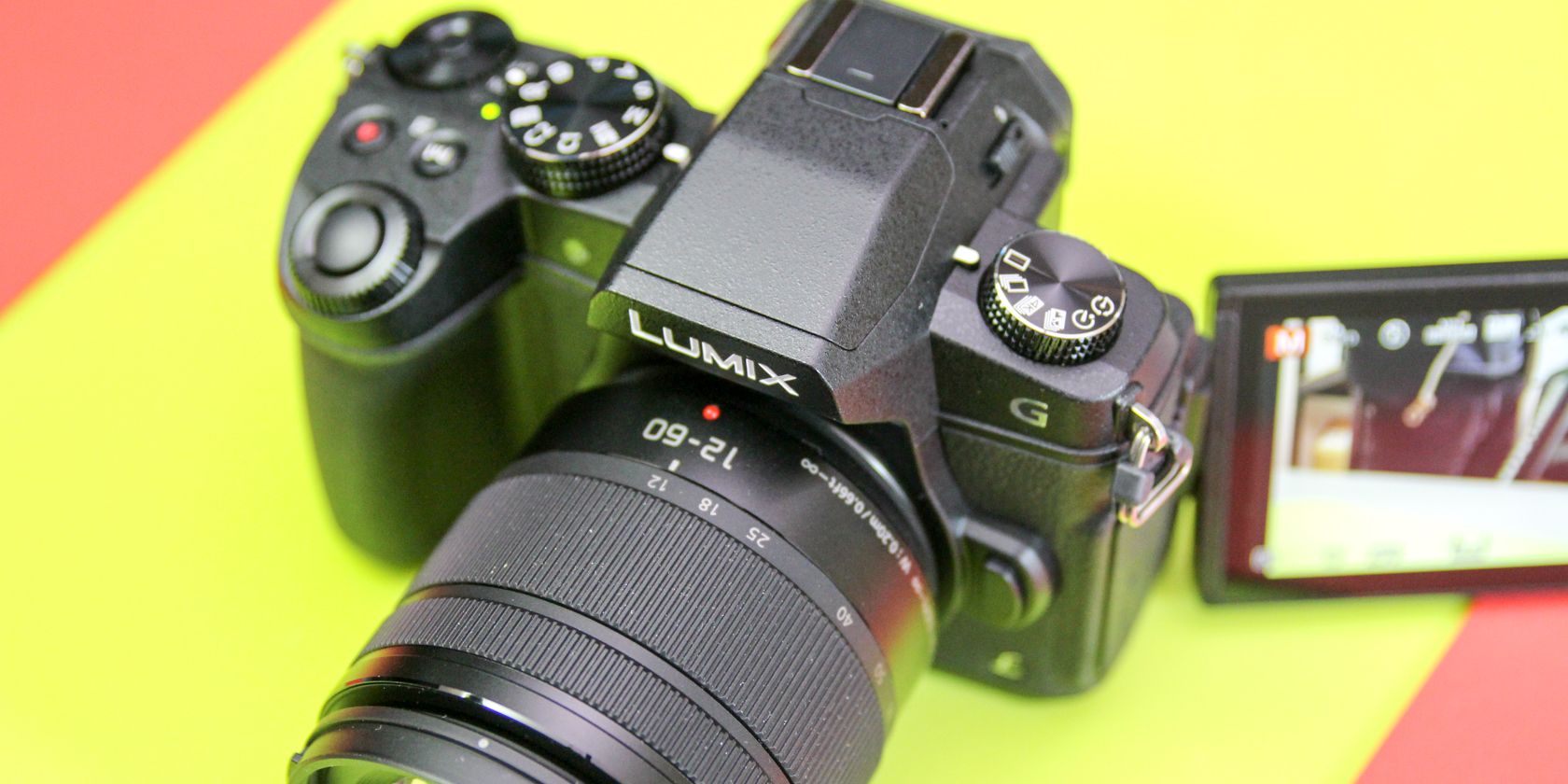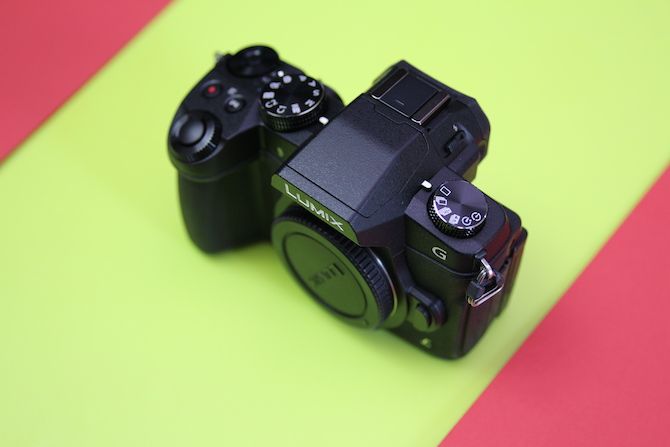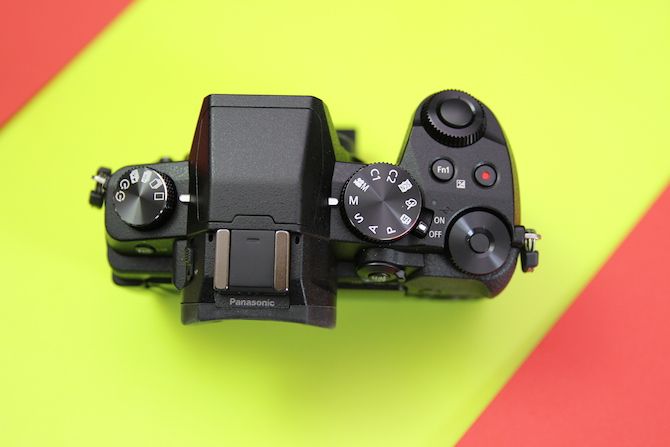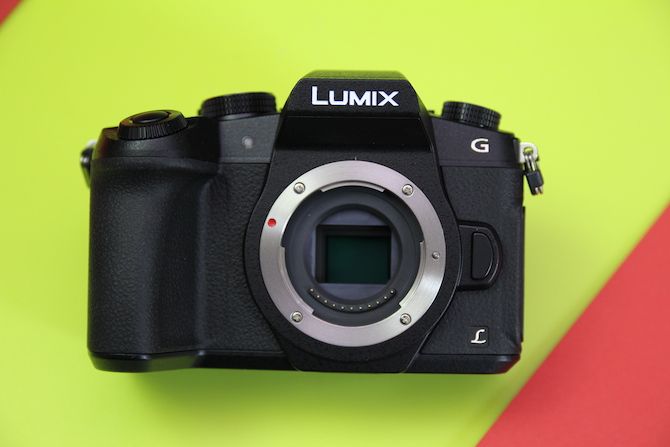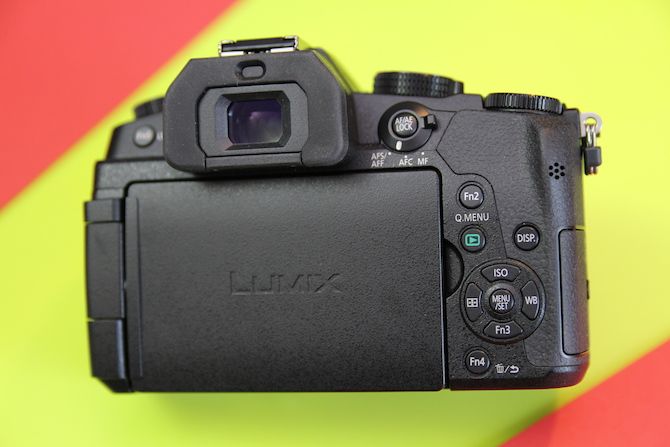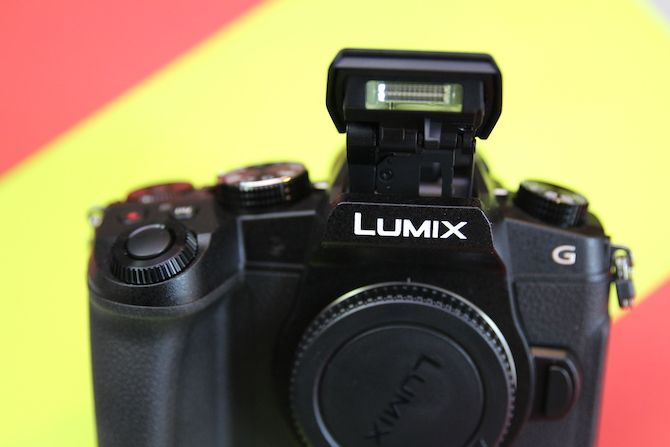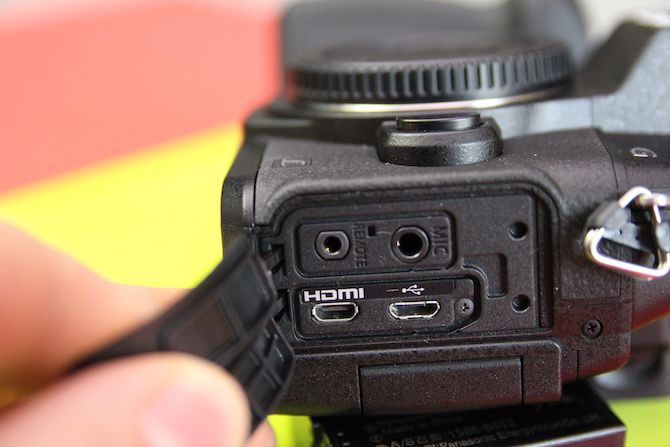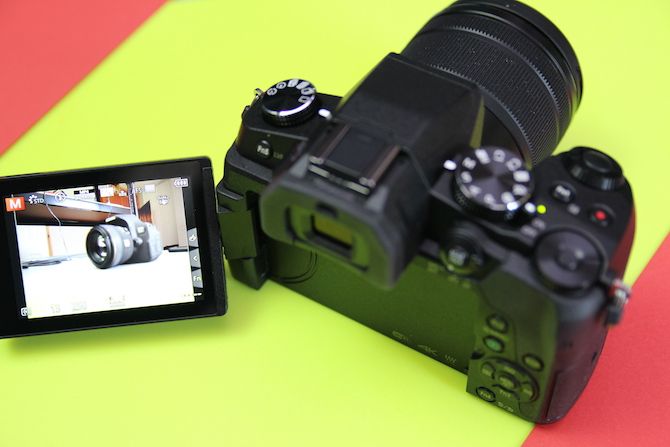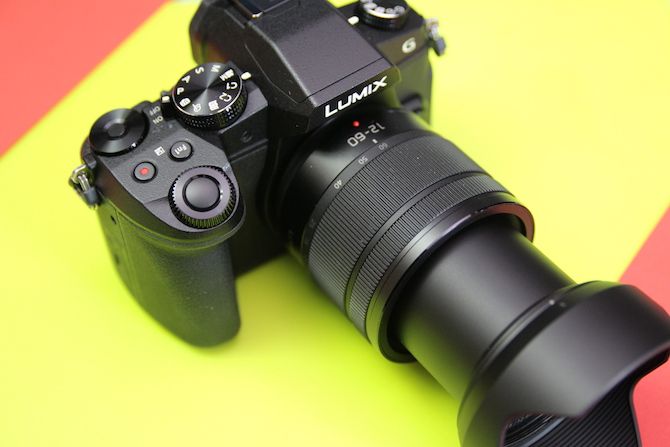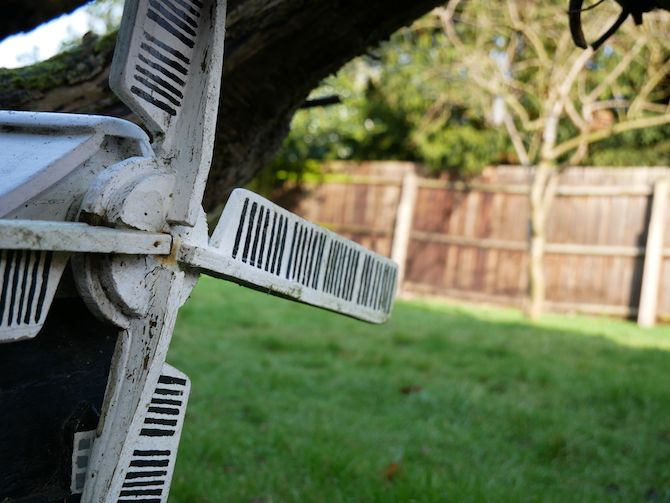Panasonic Lumix DMC-G80/G85
The Lumix G80 (or G85 outside of Europe) is Panasonic's latest mirrorless camera, and one that packs a serious punch in the video department – with HDMI out, 4K recording, and 5-axis image stabilization.
The Body
Despite the confusing name, the G80 is the successor to the popular G7. The inconsistent naming is quirky enough, but that's not the only issue: the G80 variation is sold in Europe, and is limited to a maximum of 30 minutes continuous recording. This is fairly common for cameras sold inside the EU, and the reason for doing so is complicated. Cameras sold in the US are called the G85, and do not have a limit on the maximum recording time, but are otherwise identical.
Measuring 128.4 x 89 x 74.3mm and weighing just under 500g, the G80 is a reasonable size. It's not as small as the Canon EOS-M or Sony 5000 series, but it's not as big as the Canon Rebel range either.
Priced at $1000 with the kit lens, or $900 for the body only, the G80 is certainly not a budget camera, although it makes up for this by including many features not often found on mirrorless cameras. These include:
- 16MP Micro Four Thirds Sensor
- 4K video capture
- Articulating 3-inch touchscreen
- Multiple external controls
- OLED Live Viewfinder
- Pop up flash
The Micro Four Thirds Sensor and mount is becoming increasingly more common, and it means that lenses from Panasonic or Olympus will fit, along with compatible third party lenses. This sensor is fairly small though, at 21.60 x 17.30mm, it's smaller than APS-C sensors. If you're not sure what difference a sensor size makes, then read our guide.
4K video capture is included, but it's important to note that this is "Ultra High Definition", with a resolution of 3840 X 2160. True or "cinema" 4K has a resolution of 4096 x 2160. It's a minor issue, and it's not something that will impact most people, but it's something to be aware of.
The articulated 3-inch touchscreen is excellent. It's clear, and responds well to touch. Many cameras include a rotating screen of some sort, however many higher end models sadly lack it. This works very well on the Panasonic, and is great for vlogging (what's life like as a vlogger) or taking selfies. It provides many options for changing settings. While some of the menus can be complex to navigate, it does a good job at getting out of the way to let you view your image.
Having so many external controls is a great feature. The top left dial selects shooting mode, and allows you to choose stills, burst, or timed shot. The dial on the top right allows you to choose between several different automatic and manual modes, along with video. These dials combined with the many function keys all over the body allow you to adjust most settings without using the touchscreen.
The OLED viewfinder is another function not often included on mirrorless cameras. Many cameras that do include one, occasionally use a rangefinder (such as the Fujifilm X-Pro 2). This viewfinder is excellent. As it's an OLED screen, it mirrors what is shown on the main display. A small sensor on the cup switches the image between the viewfinder and the touchscreen when your eye approaches. Alternatively, you can use a small button appropriately placed to the left.
Finally, the pop up flash is very nice to have. While these can sometimes spoil pictures, it's nice that once is included rather than left off. This does create a DSLR-esque bulge on the top -- it's not as compact as the flash found on the Sony A6300, for example.
The G80 includes a microphone port, and a micro HDMI out. Mini HDMI is more common, so if you wish to use the HDMI you will need yet another adaptor. I'm delighted to tell you that the HDMI out is full resolution 1080p, and carries audio as well! Canon has a lot to learn from Panasonic. You also get a shutter release and a USB port - both fairly common features.
Autofocus
The autofocus on the G80 is nothing to write home about. It performed reasonably well when taking focus (although it did occasionally mis a shot). It struggled terribly during video and live view, and took what seemed like an eternity to refocus when the subject changed.
There is an extra focus feature available however. The G80 allows you to re-focus images in camera after they have been taken. This works well, and is extremely useful if your focus is off (and it will be off if you use the autofocus at all).
Image Stabilisation
The image stabilisation in the G80 is wonderful. Most camera manufacturers rely on Optical Image Stabilisation (OIS). This is built into lenses, and electronically moves the lens to counter shakes from your hand or other movement. This traditionally works fairly well, but it does require a lens that supports it. The included kit lens comes with OIS, but there is another trick the G80 performs here. It includes Electronic Image Stabilisation (EIS). This works much like OIS. The camera moves the sensor up, down, left, or right to counter any movement. OIS combined with EIS works very well to reduce shake and blur, and EIS means that even lenses without OIS can benefit.
The Lens
Kit lenses provided with cameras are usually not the best quality. They tend to be cheaply made, and often struggle in low light. The Panasonic 12 - 60mm is slightly different. The focal length provides a good balance between wide angle and zoom. It is well made, and the focus ring is thick and feels tough. A variable aperture of f/3.5 - 5.6 means that images will darken as you zoom, often requiring an exposure adjustment. If you want to use manual focus, be aware that this lens is "focus by wire". Rather than a mechanical focus ring, it is electronic. Turning the focus ring will send a digital signal to the camera to adjust the focus. This works well, but it takes some getting used to if you have used a mechanical manual focus before.
Image Quality
Let's look at some sample still images. Unfortunately, it's slightly disappointing. Images are occasionally washed out, and auto focus misses more than it should. While images are sharp, sometimes they look like a smartphone could have done better! As with many cameras, the images can be improved with a little post processing. A premium lens will make the biggest difference to quality. All of these images are straight out the camera.
Video Quality
Where this camera really comes alive is shooting video. Many helpful features are included, such as focus peaking (something that many other cameras do not have).
There were no skipped frames or signs of overheating when shooting 4K, although I did experience a minor bug: the G80 refused to stop recording. It no longer responded to any buttons, or the power switch. Removing the battery and restarting bought the camera back, but it was unusual. The clip being recorded at the time was lost.
Here's the sample 4K footage:
And here's a frame extracted from some of the other 4k footage we took -- it's sharper than the photos!
The G80 is undoubtedly a video powerhouse. While it is not quite at the same level as the GH4 (and nowhere near the GH5), it can still hold its own, producing excellent video quality. It does lack some professional features of it's bigger brothers (4:2:2 color over HDMI, not true Cinema 4K), but unless you produce video for a living, you're unlikely to miss these features.
[amazon id="B01MXHN32J"]
The Sony A6500 does give it some stiff competition, but overheating problems will lead you to Panasonic.
[recommend]If you're looking to get into enthusiast 4K video production, the G80/G85 is an affordable powerhouse. Average image quality means you may wish to avoid this camera for stills, however.[/recommend]

